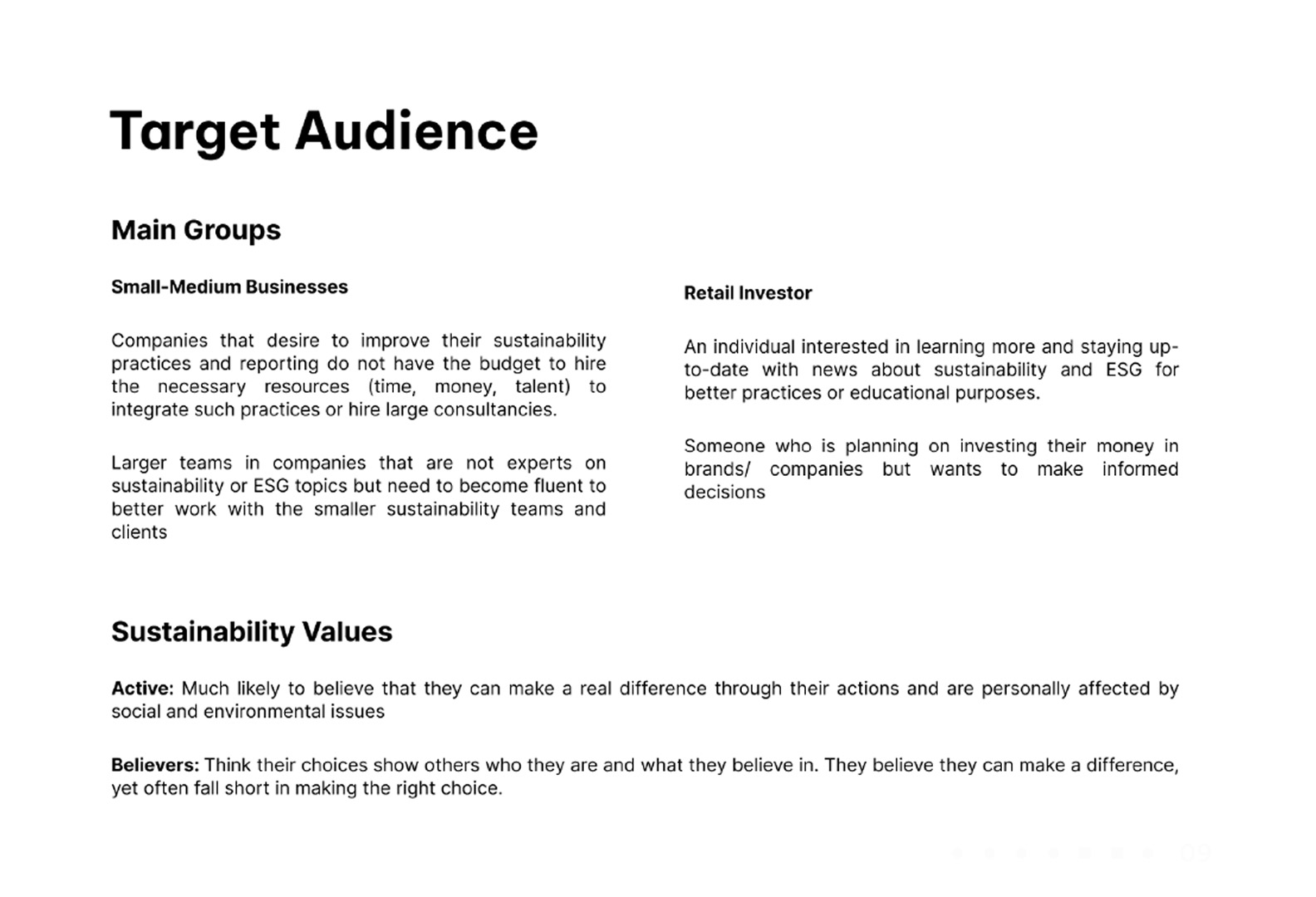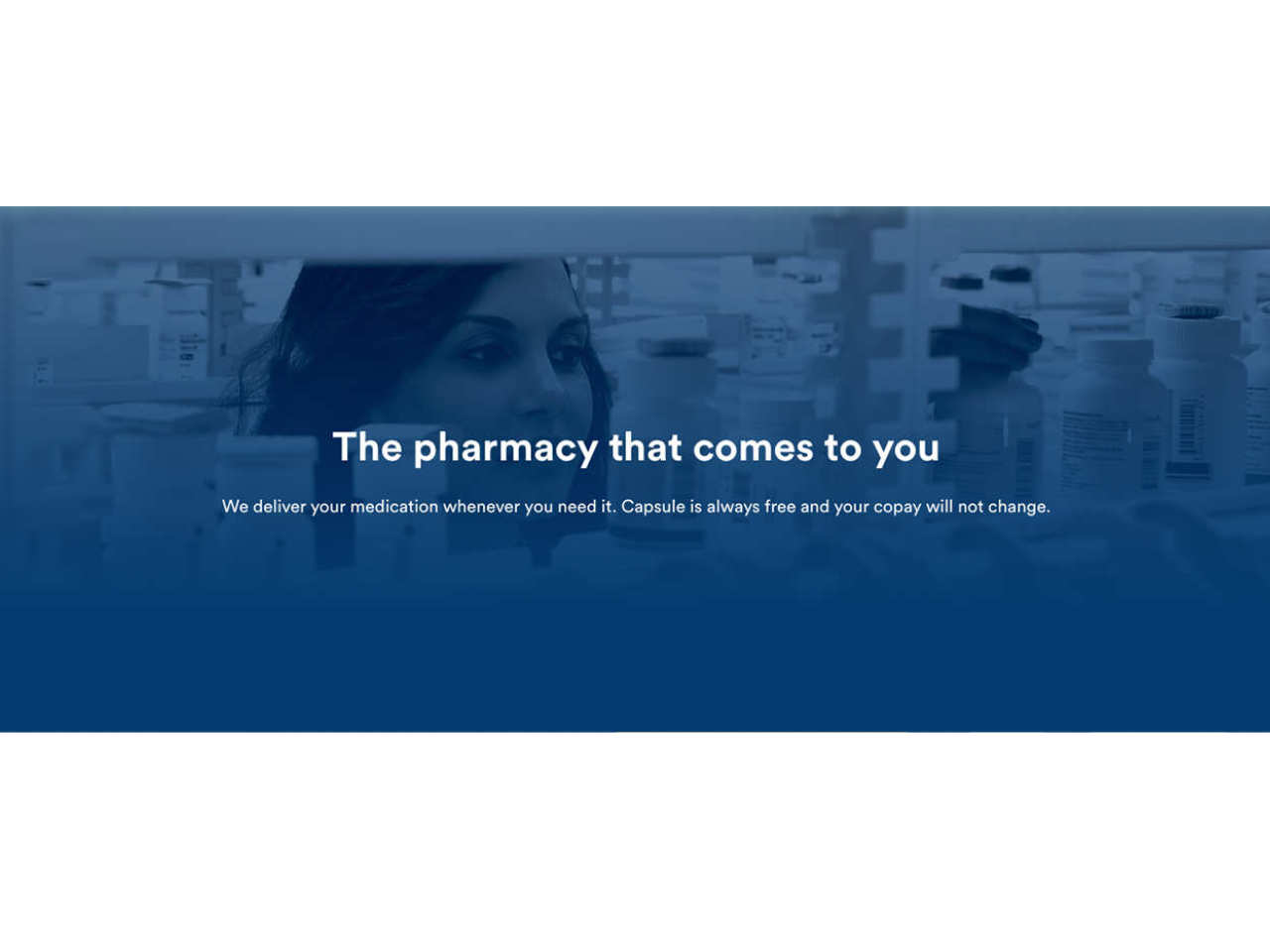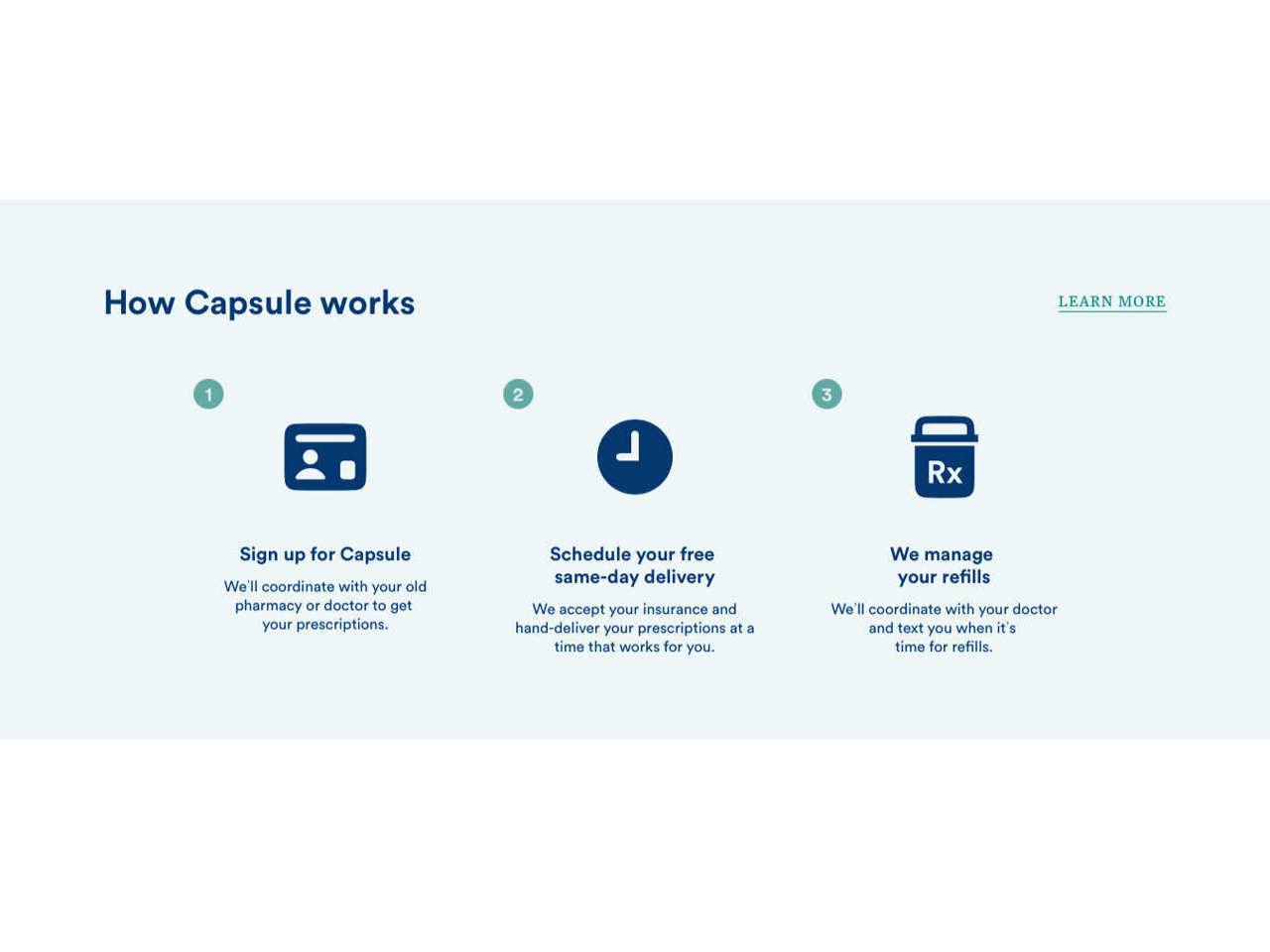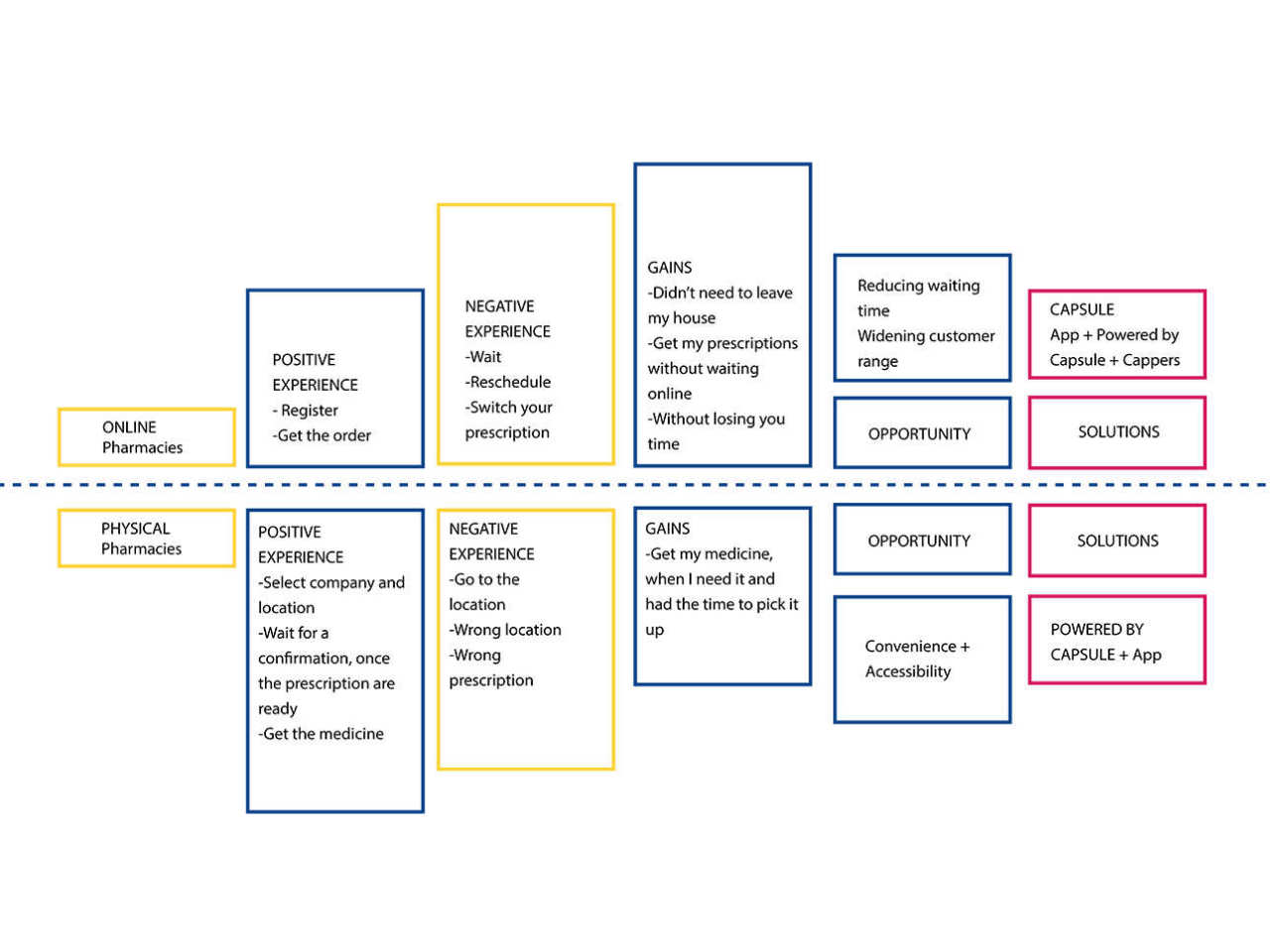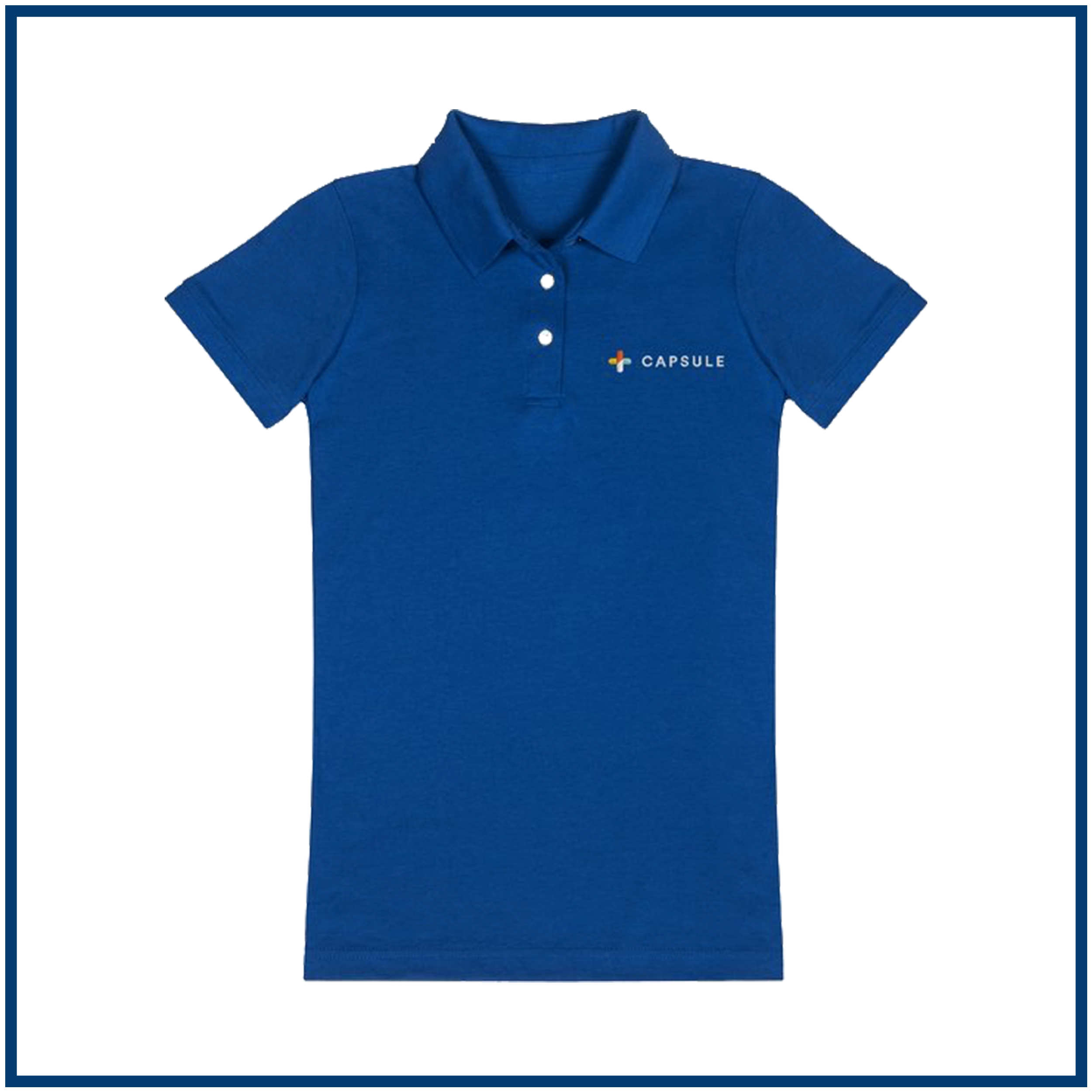
Selected Work

| Duration | Tools | Skills | Research Methods |
|---|---|---|---|
| 36 weeks | Google Suite, Notion, Mural, Dall-E, FigJam, ChatGPT, Figma | Project Management, Design Research, Systems Thinking, Survey Design, Concept Development,Scrum, User Experience Design, Brand Strategy | Qualitative Research, Market Research, User Research, Competitor Analysis,Stakeholder Interviews and Mapping,Systems Mapping, Concept Testing,Landscape Analysis,Functionalities & Action Matrix, Roadmap, Prototype & Testing |
LIBRARY, an AI educational tool, was created to meet the growing need for accessible ESG resources. It addresses the market gaps for retail investors and small to medium-sized businesses, responding to the call for sustainability and justice. LIBRARY enhances ESG practices, improving information processing and storage efficiency.
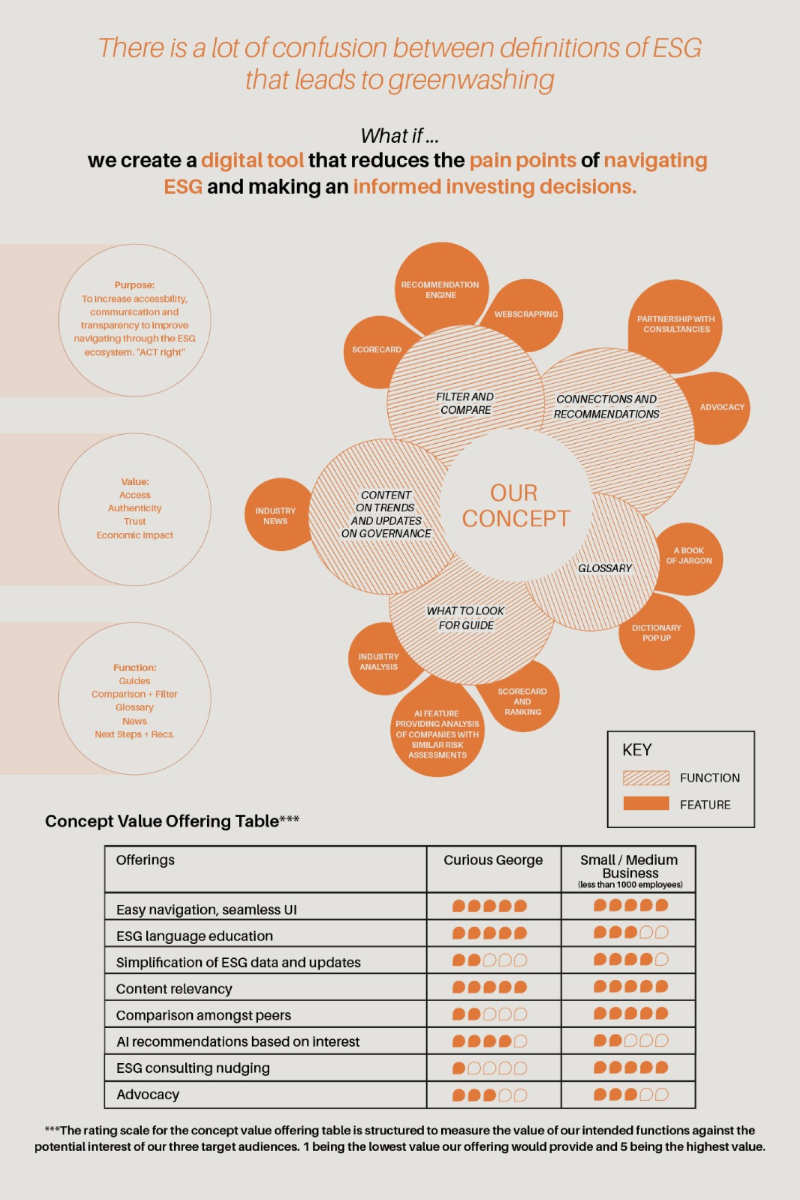
Concept Flyer
What:
The Capstone project focused on developing LIBRARY, a digital educational tool for enhancing accessibility within the environmental, social, and governance (ESG) space. Its aim was to provide inclusivity and invite people into the rapidly changing ecosystem of ESG.
Why:
The need arose from the complexity and scattered nature of information in the ESG ecosystem, which was overwhelming and time-consuming for users. The growing popularity of ESG reporting and investing demanded more accessible and transparent information.
How:
The project used independent design research to identify innovation opportunities in ESG and AI, then applied these in integrative studio work to prototype and build an MVP. The Scrum methodology guided the second phase of the project, organizing the work into seven two-week sprints over 15 weeks. This structured, adaptive approach ensured focused, efficient progress and led to the successful creation of the MVP.Adopting a user-centric approach, we prioritized UX, UI, and branding to create an engaging app. We used digital prototypes and remote user testing for insights, enhancing the app's navigation and functionality.
Research:
1. Understanding the ESG Ecosystem: Conducted in-depth research to understand the complexities of the ESG ecosystem, including frameworks, sources, and changes. This research informed the design of LIBRARY to address the challenges faced by users in navigating the ESG space.
2. User Research: Conducted user research to identify the pain points and needs of the target audience, including retail investors and small to medium businesses. This research helped in designing features that cater to the specific needs of these users.
3. AI Research: Explored the possibilities of AI in enhancing user experiences and providing personalized learning experiences. This research informed the integration of AI technologies into LIBRARY.
Key Insights:
1. Complexity of ESG: The ESG ecosystem is complex, with various frameworks, sources, and constant changes, making it challenging for users to navigate and understand. Providing a simplified and centralized platform can address this challenge.
2. User Overwhelm: Users, especially retail investors and small to medium businesses, feel overwhelmed by the amount of ESG information available and the chaos of the market. A tool that filters and presents relevant information in an understandable format can alleviate this overwhelm.
3. Opportunity for AI: AI can play a significant role in enhancing accessibility and understanding in the ESG space by recommending relevant information, extracting key insights, and providing personalized learning experiences.
Design:
1. Agile Development: Employed the Scrum methodology for development, dividing the project into sprints and focusing on incremental development. This approach allowed for continuous feedback and iteration.
2. Concept Development: Developed the concept of LIBRARY as a digital educational tool that simplifies ESG concepts, extracts essential information, and provides personalized learning experiences using AI.
3. Feature Prioritization: Prioritized features based on user research and AI capabilities, focusing on those that would provide the most value and address the key pain points of the target audience.
4. Concept Testing: Once we validated our assumptions through the hypothesis test, we created a guide to test our solution. We identified five groups of stakeholders to help us test and refine our concept. They gave valuable industry-specific feedback and helped us understand the logistics of digital platform development and the technological needs. The insights they provided will be useful for future implementation from both a business and user perspective.
Development Phase:
1. Prototyping: Created prototypes of LIBRARY to visualize the user interface and user experience. These prototypes were tested with users to gather feedback and make iterative improvements.
2. Integration of AI:Successfully constructed an advanced AI software architecture, meticulously designed to seamlessly integrate into the LIBRARY system. This state-of-the-art AI integration provides a wide array of features that significantly enhance the user experience. Among these features are highly sophisticated recommendation engines, intuitive search engines, and efficient filtering systems. These systems work together to create a personalized learning journey for each user. By understanding and adapting to individual user preferences, the AI-powered features are able to tailor the learning experience to meet the unique needs and preferences of each user. This leads to a more engaging and effective learning experience, promoting user satisfaction and fostering a more personalized interaction with the LIBRARY platform.
3. Testing and Feedback: Tested the developed features with users to gather feedback and make necessary adjustments. This iterative process ensured that LIBRARY met the needs and expectations of the target audience.
Calvin Klein

Calvin Klein's Design Challenge
With a renewed laser focus on sustainability, diversity andinclusion, the brand is set for yet another radicaltransformation. Considering underwear as the largest revenuegrowth driver, they ask us —
What is the future of the box? (34M annually are produced)
And how might this new sustainability platform resonate withinthe firm's culture regarding inclusion?
| Duration | Tools | Skills | Research Methods |
|---|---|---|---|
| 15 weeks | Google Suite, Notion, Mural, Adobe Photoshop, Illustratorand Indesign | Design thinking, Systems Thinking, Brand Strategy, Visual Merchandising | Desk Research, Ethnography, User Research, Stakeholder Assessment, Systems Mapping, Stakeholder Interviews , Survey, User Journey Mapping, Brainstorming Workshops, Ideation, Prototyping, Usability testing |
 What:
What:
The project focused on reimagining the packaging and display ofunderwear at Calvin Klein to enhance sustainability,inclusivity, and the overall customer experience.
Why:
To address the environmental impact of traditional packaging,improve customer satisfaction, and align with the brand'ssustainability and diversity goals.
How:
We conducted direct community research, reviewed books,conducted internet research, read scholarly articles, andconducted interviews. We also used online surveys throughInstagram polls and Google Forms. Our desk research helped usunderstand the apparel industry and packaging system, whilestudying consumer behavior and geographic influences. Weanalyzed past trends and studied competitors, focusing on wastereduction and sustainability efforts. We considered thechallenges Calvin Klein might face in adapting to new norms.
Key Insights:
1. Consumer Behavior: Most consumers discard underwearpackaging, indicating a need for a more sustainable solutionthat aligns with their values.
3. Retailer Influence: Retailers play a significant role inpackaging adoption, requiring solutions that fit within theirexisting systems and standards.
3. Brand Impact: Packaging design affects brand perception andcustomer loyalty, highlighting the importance of innovative andsustainable solutions.
Recognizing key leverage points was essential for our project'simpact. We focused on system pain points, consumer needs, andbrand identity. This guided our approach to effectively addressthe challenge.
Acknowledging the role of packaging and its environmentalimpact, we aimed to address the root issue: unnecessarypackaging. Evaluating consumer influence revealed the need forchange in packaging practices.
Consumer behavior played a pivotal role in the shoppingexperience. Hence, it was vital to balance business needs withconsumer preferences. We aimed to alter consumer behavior,keeping product protection and brand visibility intact.
Our guiding question became, "How can we innovate packaging,influence consumer behavior, reduce packaging layers, andenhance the shopping experience?"
Ideation:
Based on our research and insights, we generated multiple ideasand concepts for reimagining the packaging and display ofunderwear. We focused on solutions that aligned with CalvinKlein's sustainability goals and enhanced the customerexperience.
Prototyping:
We created physical prototypes of our concepts, including a newdisplay system using dispensable tubes and different packagingoptions such as compostable materials and detergent papersheets. We also tested the logistics of our approach, includingQR code integration.
Usability Testing:
We conducted usability testing to gather feedback on our prototypes from consumers and stakeholders. This feedback helpedus refine our concepts and solutions further.
Final Solution:
The project focused on identifying leverage points within thesystem, with an emphasis on packaging and consumer behavior. Thegoal was to reduce environmental impact and unnecessary productpackaging, while maintaining brand awareness and productprotection. The challenge was to balance business prioritieswith customer needs, aiming to change consumer behavior andenhance the shopping experience.
Our solution meets the needs of all stakeholders andincorporates insights and feedback received duringprototyping.
The core concept remains unchanged: a redesigned displayfixture that prioritizes hygiene, product safety, and acaptivating customer experience.
To further reduce waste and streamline implementation, ourdesign now utilizes existing Calvin Klein retail displayfixtures.
From a cosmetic standpoint, we have replaced the existingshelves with dispenser tubes. The drawers beneath the displayfunction as a dropbox for customers who change their minds aboutthe color or style of the underwear. To enhance hygiene, thesedrawers are equipped with UV-C lights that sanitize theunderwear before it is returned to the display case.
This new display system enables Calvin Klein to create aninclusive, accessible, and responsible shopping experience.
Through this new display and packaging solution, we aim toreduce the burden on consumers and the waste management system.With this solution, consumers no longer need to dispose of orseparate the box for recycling.
Key Learnings:
Iterative Design:Prototyping and testing are essential for refining ideas andensuring the final solution meets both consumer and brandneeds.
Collaboration: Involvingstakeholders from various departments and levels of theorganization ensures a holistic and practical solution.
Sustainability Focus:Designing with sustainability in mind not only reducesenvironmental impact but also enhances brand reputation andcustomer satisfaction.
Capsule
As part of my MS program at Parsons, we redesigned Capsule, an online same-day delivery pharmacy. In the process we identified shortcomings through research and interviews, leading to the visualization of an improved Capsule. The proposed new business model involves a convenient App where small pharmacies, powered by Capsule, can deliver medicine and other products through Capsule's network of delivery persons, known as Cappers.
| Duration | Tools | Skills | Research Methods |
|---|---|---|---|
| 10 weeks | Google Suite, Adobe Photoshop, Miro | Design Research, Data Analysis, Insight Generation, Brand Strategy, Service Design | Desk Research, Brand Analysis, Data Analysis, Competitor Analysis, Interviews, Surveys |
What:
Capsule is an online pharmacy blending modern convenience with personalized care, delivering prescriptions to customers' doors with a tap on their phone, eliminating waiting lines and providing people-first service.
Why:
The redesign aimed to address shortcomings identified through research and interviews, proposing a new business model to improve Capsule. The proposed model involves an app where small pharmacies can deliver medicine and other products through Capsule's network of delivery persons, known as Cappers, enhancing convenience and service quality.
How:
The team conducted extensive research, including immersing ourselves as customers, conducting interviews, and administering surveys. This approach provided firsthand knowledge of customer pain points and insights into Capsule's customer journey. We created different customer personas to understand target customers better, allowing us to identify pain points and gaps in Capsule's current strategies.
Key Insights:
1. Cost-effectiveness: Capsule's OTC medicines were priced 50% higher than other pharmacy chains, raising concerns about cost-effectiveness.
2. Delivery service issues: Customer feedback highlighted delays in delivery, impacting treatment plans and convenience.
3. Inventory management: Surveys exposed product shortages, leading to medication replacements and raising doubts about inventory management efficiency.
Proposed Strategy:
New Capsule App with Enhanced Features:
Location Authorization: Improved for better user experience.
Expanded Delivery Options: Added convenience and flexibility.
Medicine Reminders: Implemented to help users stay on track with their medication schedules
Powered by Capsule:
Capsule partners with independent, family-run pharmacies to expand their service network.
By utilizing the existing stock of these pharmacies, they can eliminate inventory risks.
This partnership also extends Capsule's reach.
It provides support to independent pharmacies that are struggling during the pandemic, fostering resilience.
At the same time, it maintains the traditional, physical pharmacy system, which builds consumer trust and familiarity.
Capsule Cappers:
Delivery Efficiency: Reduced delivery times from 24 hours to less than 2 hours.
Improved Customer Experience: Enhancing speed and efficiency of the delivery process.
Addressing Urgent Needs: Service now effectively addresses pain points related to urgent needs.
Branding Strategies:
Packaging: Incorporating QR codes on packaging to showcase the local pharmacy's story.
Capsule to-go: Providing over-the-counter items for easy dispensing.
Capsuleland: Establishing brand experience centers in metropolitan cities.
Vax van: Introducing mobile vaccination vans with certified immunizers offering multiple vaccinations.
Key Learnings:
1. Customer-centricity: Understanding and addressing customer needs and pain points are crucial for enhancing customer experience and loyalty.
2. Strategic partnerships: Collaborating with independent pharmacies can expand service reach, mitigate inventory risk, and support struggling pharmacies, fostering resilience.
3. Brand positioning: Innovative strategies like incorporating QR codes on packaging, offering over-the-counter items for easy dispensing, establishing brand experience centers, and introducing mobile vaccination vans can enhance brand visibility, engagement, and customer trust.
This project was part of our Managing Creative Project Teams class at Parsons School of Design. Through the duration of the class, we were exposed to various situations and circumstances to better understand team dynamics and form teams based on needs and requirements. All team members came from diverse backgrounds, which greatly contributed to our understanding and played a significant role throughout the process.
And here is what my team had to say about me.
I will never forget the Mockups of the Cappers or even the name. You are extremely creative and even sometimes just by talking with you I started to think more creatively.
Great brainstorming partner.Thinks about any situation from all sides and never misses out a point.
Unbelievably fast grasping of my unclear and messy suggestions. Fast designer, super creative!
Great product visualizer. Really precise. I wish spend more time learning from her about how visualize better.
You are such a great team player and you always come in clutch whenever & wherever. A photoshop wizard and a pro at last minute formatting! I love how punctual you are with your work and it really helped me get better at pre-planning my work!
You were the first person who I became friend with and working in teams from the first presentation to the last one. You have an amazing research skills which helped the group before as well as now.
Government of Canada
During a 3-week design sprint with the Treasury Board of Canada Secretariat (TBS), we developed a strategy to integrate experimentation into TBS's organizational culture. This involved hiring fresh talent for roles across the agency and its departments, fostering innovation and continuous learning for the Government of Canada's Experimentation team.
| Duration | Tools | Skills | Research Methods |
|---|---|---|---|
| 3 weeks | Google Suite, Miro, Zoom, Figma | Design thinking, Research methodologies,, Workshopping, Strategic Design | Stakeholder Interviews, Desk Research. Framing "How Might We" questions |
The Challenge
How can we engage and support executives on experimentation in a way that resonates and is useful for them?
What:
How can we effectively engage and support executives in the experimentation process in a manner that resonates with them and proves beneficial?
Why:
Experimentation is crucial for promoting effective solutions by testing ideas rigorously, aiding in smart investment decisions, and efficient use of public funds.
Executive support is vital for experimental success, although challenges like perceiving it as unnecessary, complex, or costly exist.
How:
After discussions with the Government of Canada Experimentation Team, we acknowledged their challenges in fostering a culture of experimentation. We recognized that building trust with all five executive levels was key to enhancing executive engagement.
We applied a design thinking methodology and conducted comprehensive research and analysis to understand the difficulties faced by the team. We then reframed the problem statement to concentrate on building trust across all five executive levels to boost executive engagement.
Key Insights:
1. Executive Engagement: Success in cultivating an experimental culture within the Government of Canada's Treasury Board Secretariat (TBS) hinges on executive engagement. Without their buy-in, implementing experimental approaches may prove difficult.
2. Complexity and Cost Perception: Within TBS, there's a belief that experimentation can be complex or expensive. Clear communication of its value and benefits can help overcome these perceived barriers.
3. Experimentation Role in Decision-Making: Experimentation is considered vital for government decision-making and management. This points to its potential in efficient public fund management, reinforcing the need for an experimental culture within TBS.
Proposed Strategy:
We reframed the problem statement to, How might we help the Canadian Government’s Treasury Board of Secretariat (house of rules) secure trust of the executives to reinforce a culture of experimentation?
"We proposed integrating a culture of experimentation into the organization and its departments through new hires. Within four months of joining, new employees would deliver a change proposal designed to encourage experimentation and embrace discomfort. Throughout this process, they would seek mentorship from executives and strategists at levels 2, 3, 4, and 5 within TBS. Upon selection of the proposal, both the mentor and mentee would be rewarded for their efforts and given the opportunity to lead the project together."
Key Learnings:
1. It's important to reframe problem statements to focus on building trust.
2. Encouraging new employees to embrace experimentation and adapt to discomfort can lead to innovative solutions and a culture of continuous improvement.
3. Rewarding both mentors and mentees for their contributions can help sustain a culture of experimentation and innovation in the long term.
Together Through Taste
The design sprint, organized by Common Era, a research and development initiative of the Jim Joseph Foundation in collaboration with Parsons School of Design, focused on exploring ways to enhance people's sense of belonging through creative design. The final work was presented at the Parsons Benefit Gala on May 24, 2023.
| Duration | Tools | Skills | Research Methods |
|---|---|---|---|
| 4 weeks | Google Suite, Figma, Adobe Photoshop, Adobe Illustrator, Canva, Zoom | Design Sprints, Design thinking, Research methodologies, Concept development, Workshopping, Prototyping, Testing and Feedback | Community Tree Framework, Stakeholder Mapping, Idea Generation, Desk Research, Interviews, Prototyping, RoadMap |
What:
Together Through Taste is a campaign aimed at fostering a sense of belonging among migrants through food. It introduces Gateway Cards featuring little-known foods from around the world, each with a QR code linking to a simple recipe using locally obtainable ingredients. The cards are placed in bodegas and local grocery stores to create a plural community around food.
Why:
Together Through Taste addresses the challenge of deepening people’s sense of belonging in a short period of time through creative design. It recognizes that food can be a source of comfort, recognition, and belonging for migrants, helping them adjust to new environments and fostering empathy and cultural understanding among local communities.
How:
Community tree framework helped us map out ideas based on stakeholders and the population being designed for.
1. Research and Ideation: The team conducted research to understand the needs and challenges of migrants, particularly regarding their sense of belonging in a new environment. We then brainstormed ideas on how food could be used as a tool to foster a sense of community and belonging. Concept Development: Based on research insights, the team developed the concept of Gateway Cards, which would educate people about less-known foods from around the world and provide simple recipes using locally available ingredients.
2. Prototyping: Using tools like Figma and Adobe illustrator, we created prototypes of the Gateway Cards to visualize their design and functionality. We also developed a QR code system to link the cards to online recipes.
3. Testing and Feedback: The concept was presented to Jim Joseph Foundation and prototypes were tested with a focus group to gather feedback on their effectiveness in promoting cultural understanding and fostering a sense of belonging.
Key Insights:
1. Creative Design for Social Impact: The campaign demonstrates how creative design can positively impact social issues by fostering a sense of belonging and cultural understanding.
2. Utilizing Local Resources: By using locally obtainable ingredients in the recipes, the campaign makes cultural exploration and experimentation accessible to everyone.
3. Community Engagement: Placing the cards in local stores encourages community interaction and discussion around food and culture, further enhancing the sense of belonging.
Key Learnings:
1. Empathy in Design: Designers need to empathize with the target audience to create solutions that address their needs and enhance their experiences.
2. Innovation through Constraints: Working with limited resources or time constraints can lead to innovative solutions, like using locally obtainable ingredients for the recipes.
3. Community Collaboration: Collaborating with local businesses and organizations can amplify the impact of a design intervention, as seen in the placement of Gateway Cards in bodegas and grocery stores.
© Juilee Narkar, All rights reserved.





